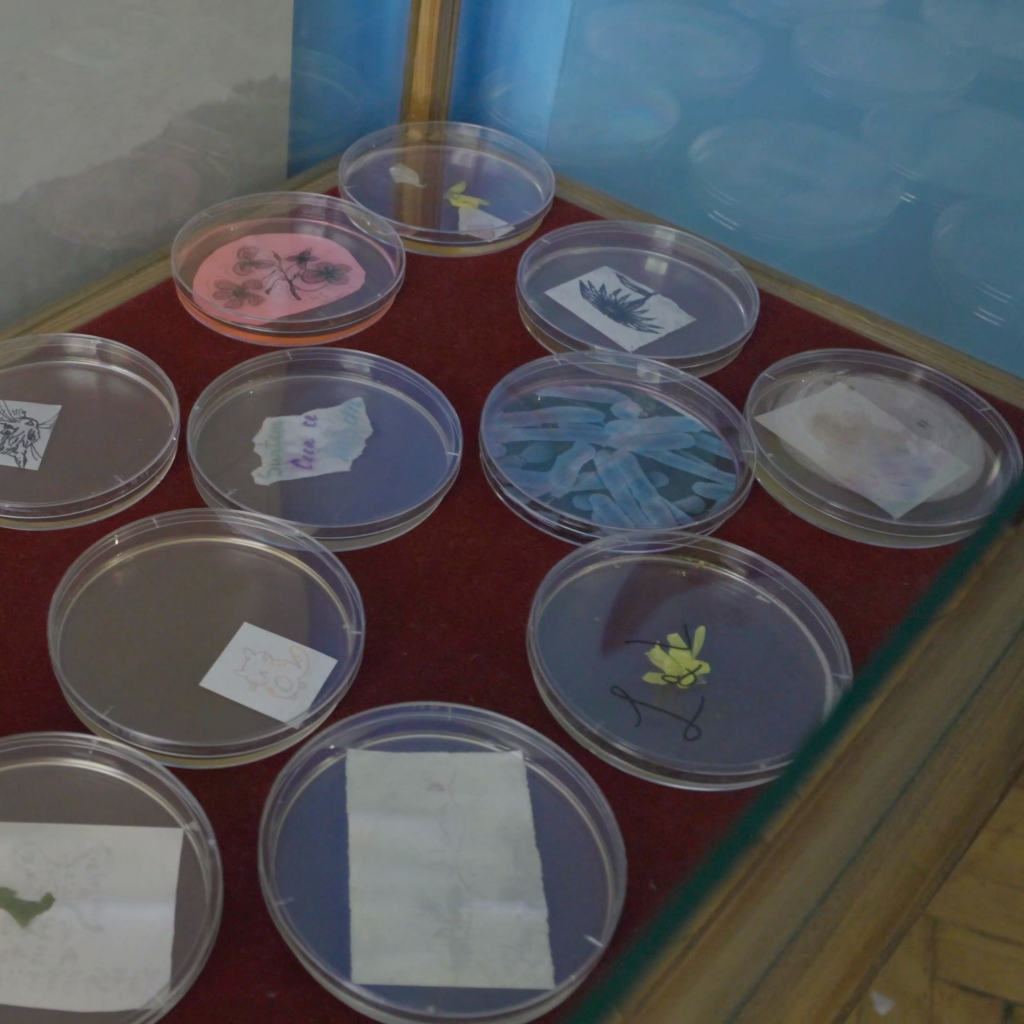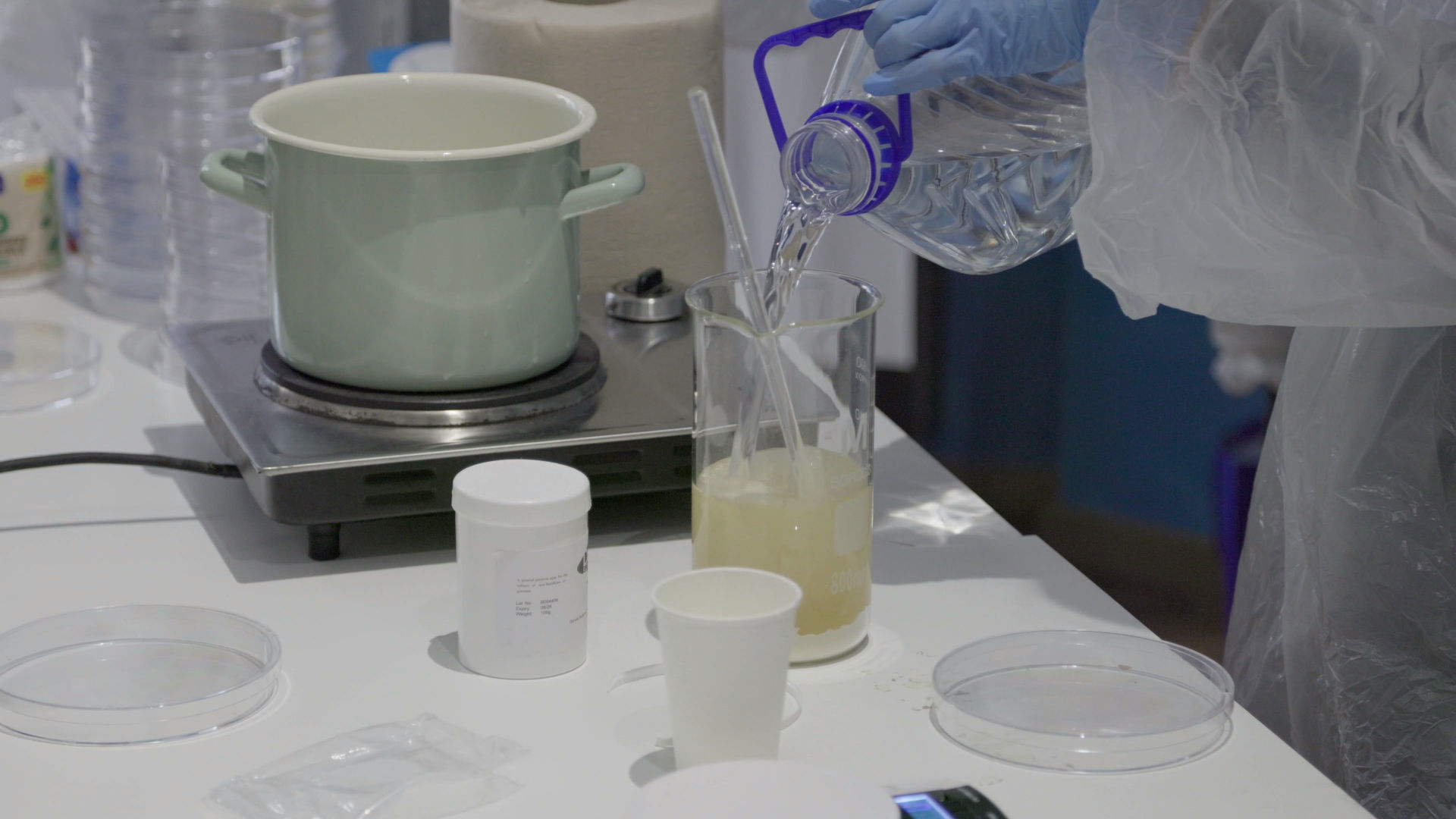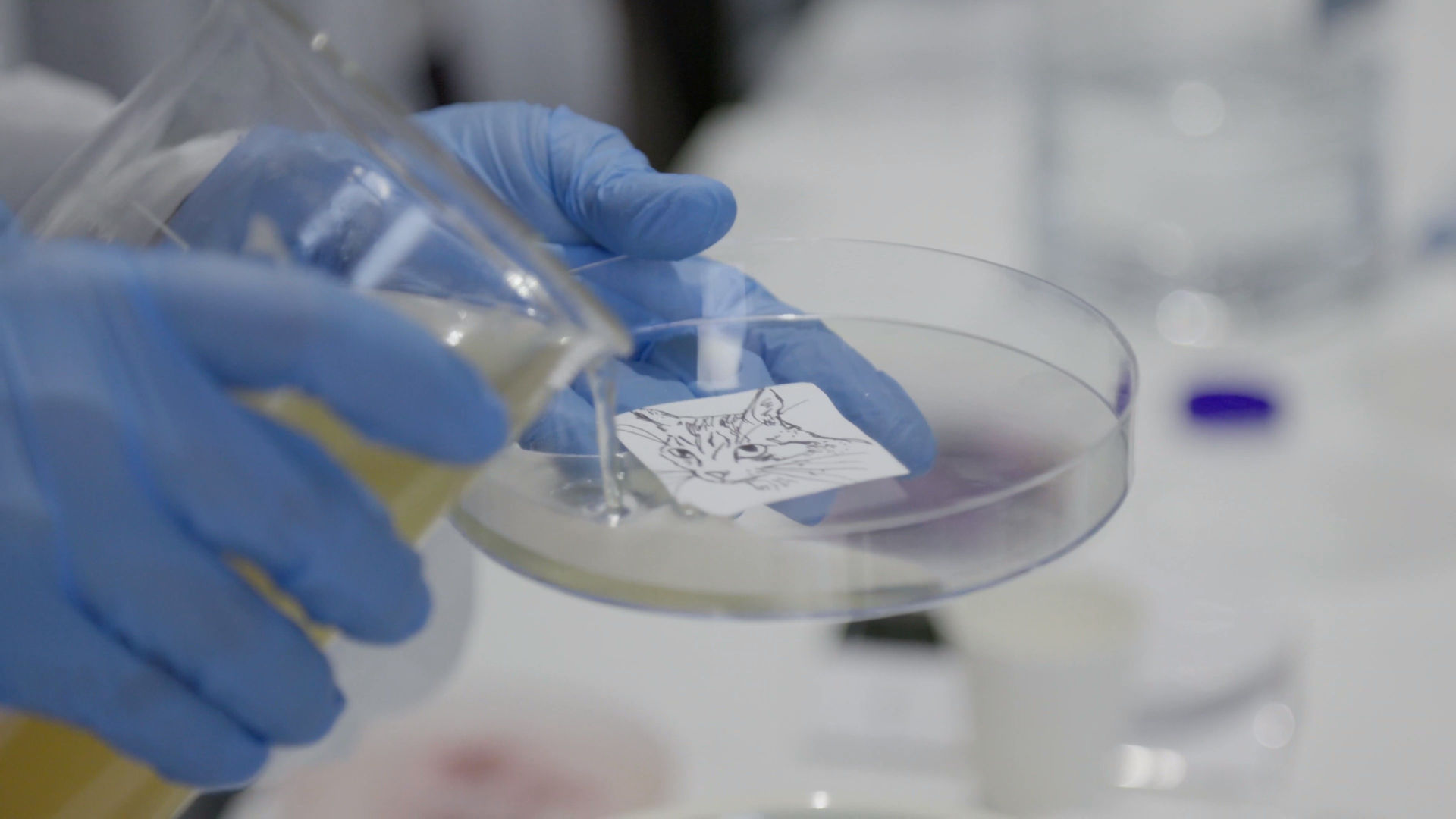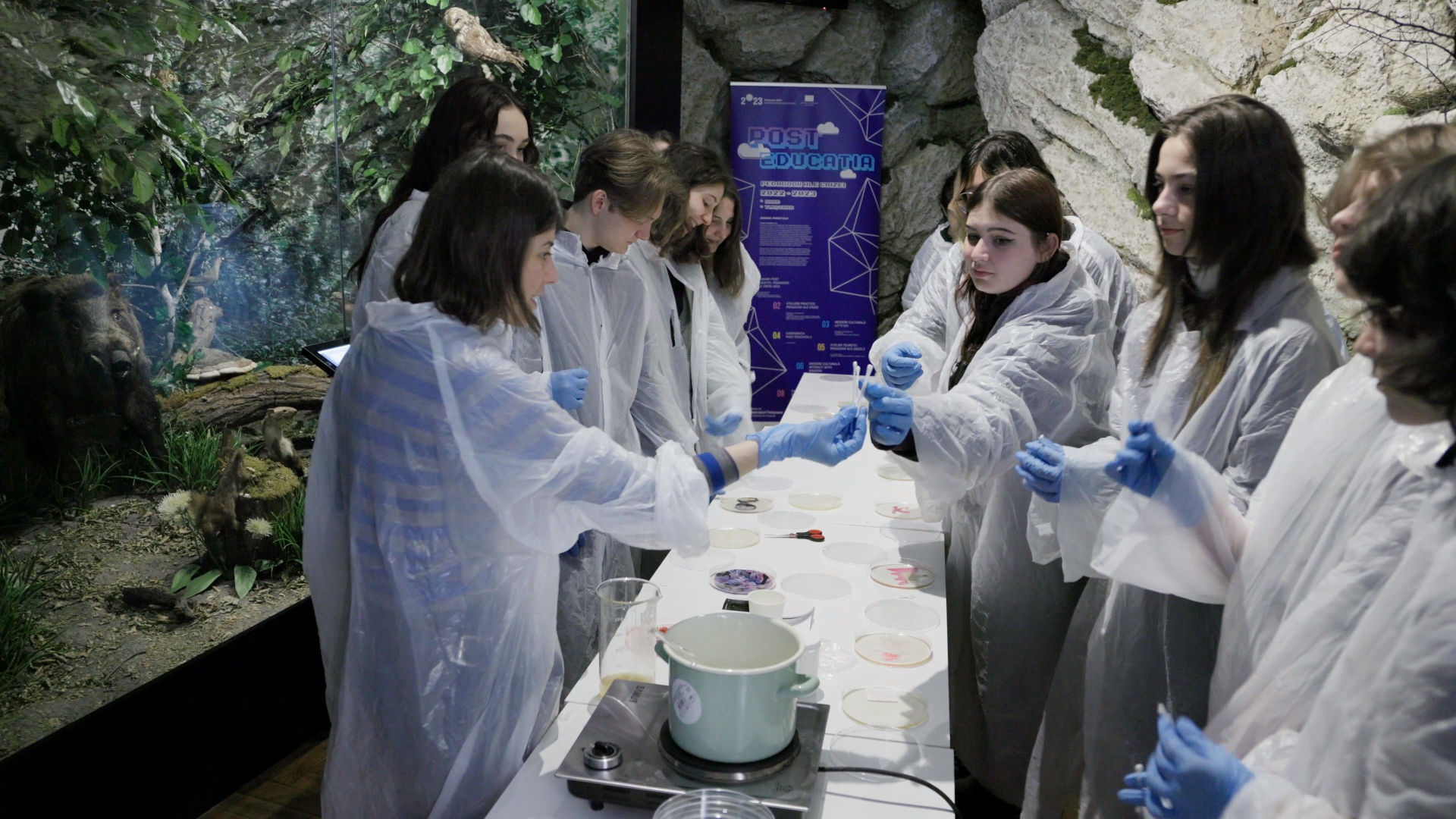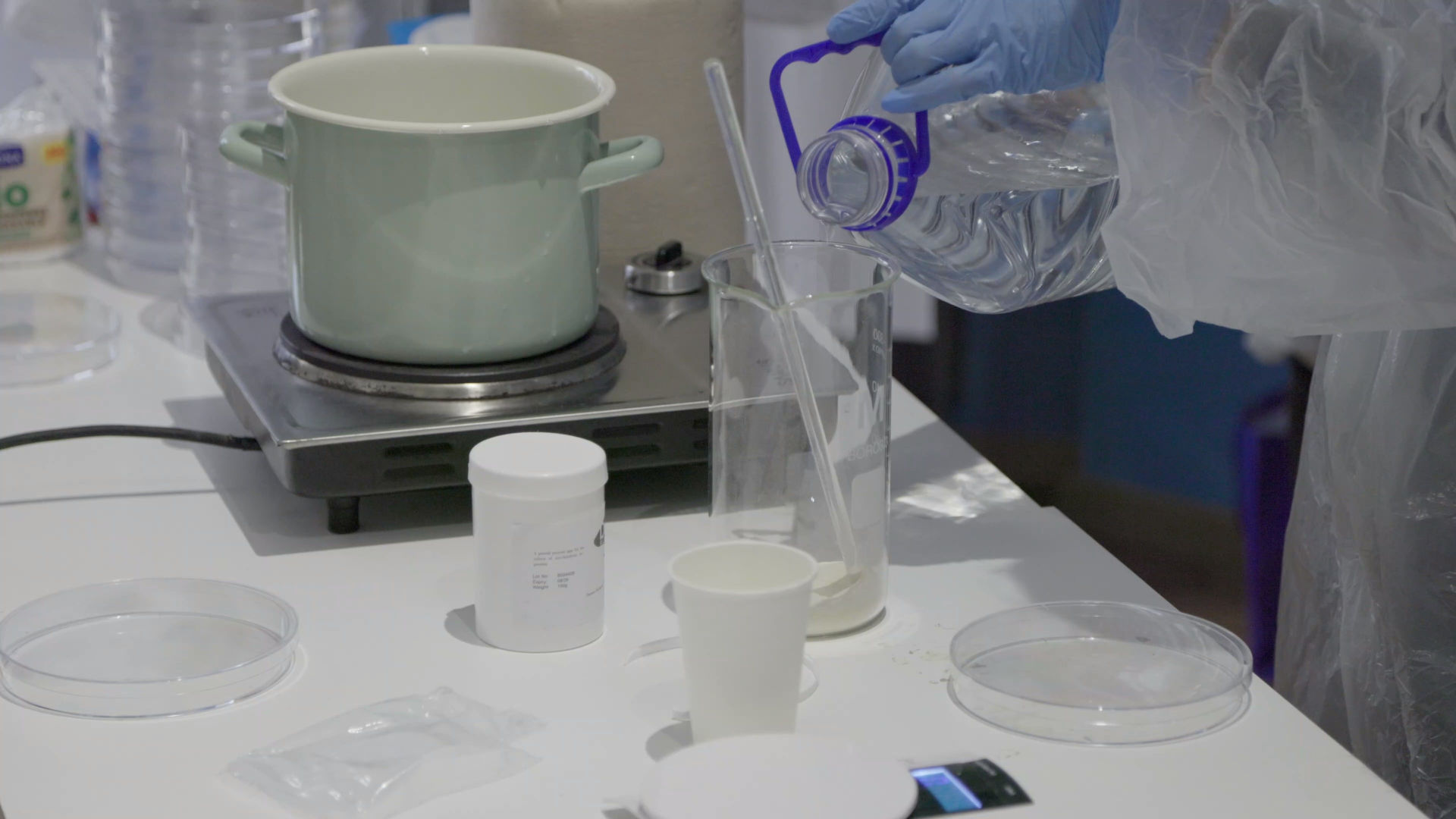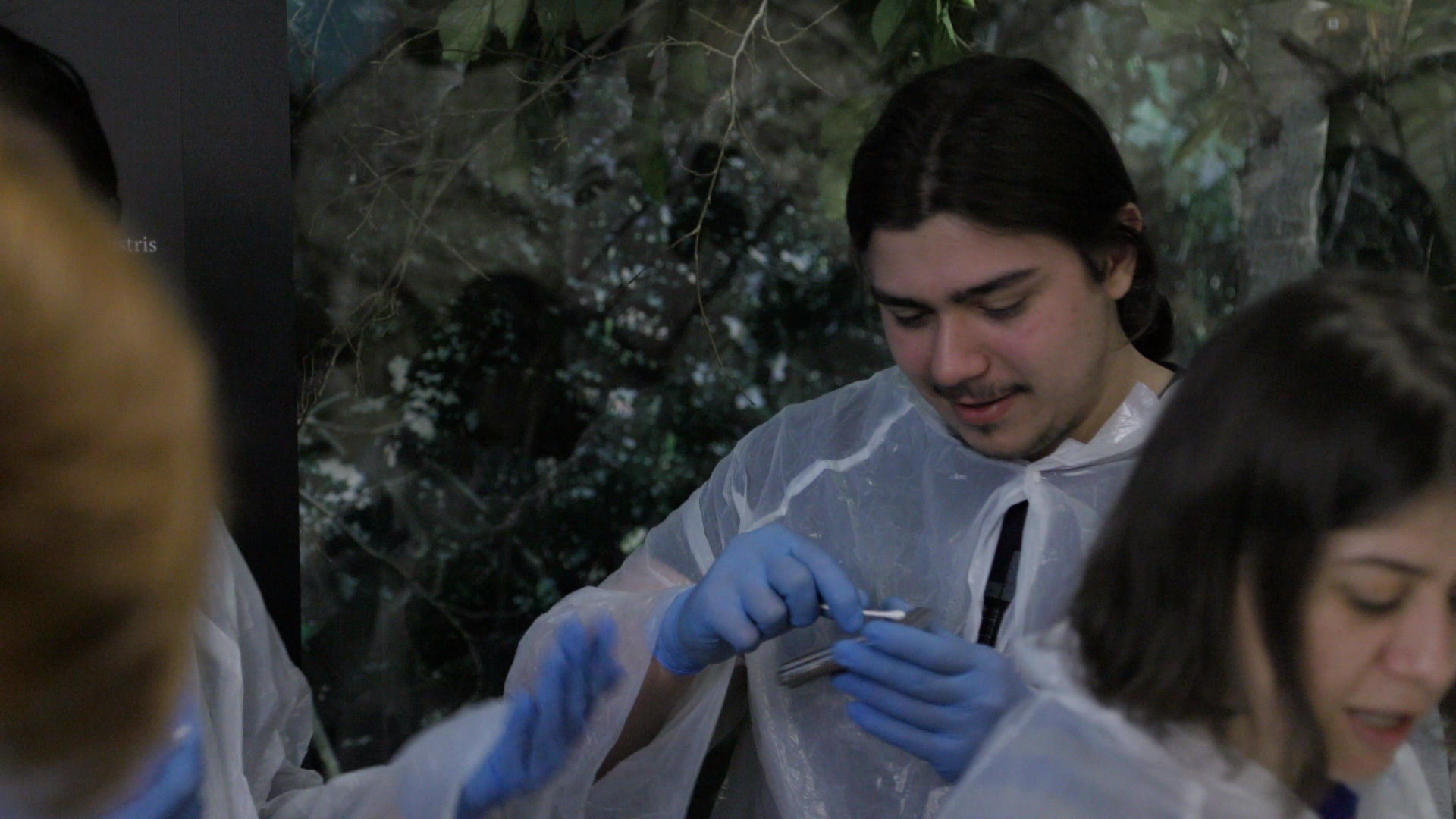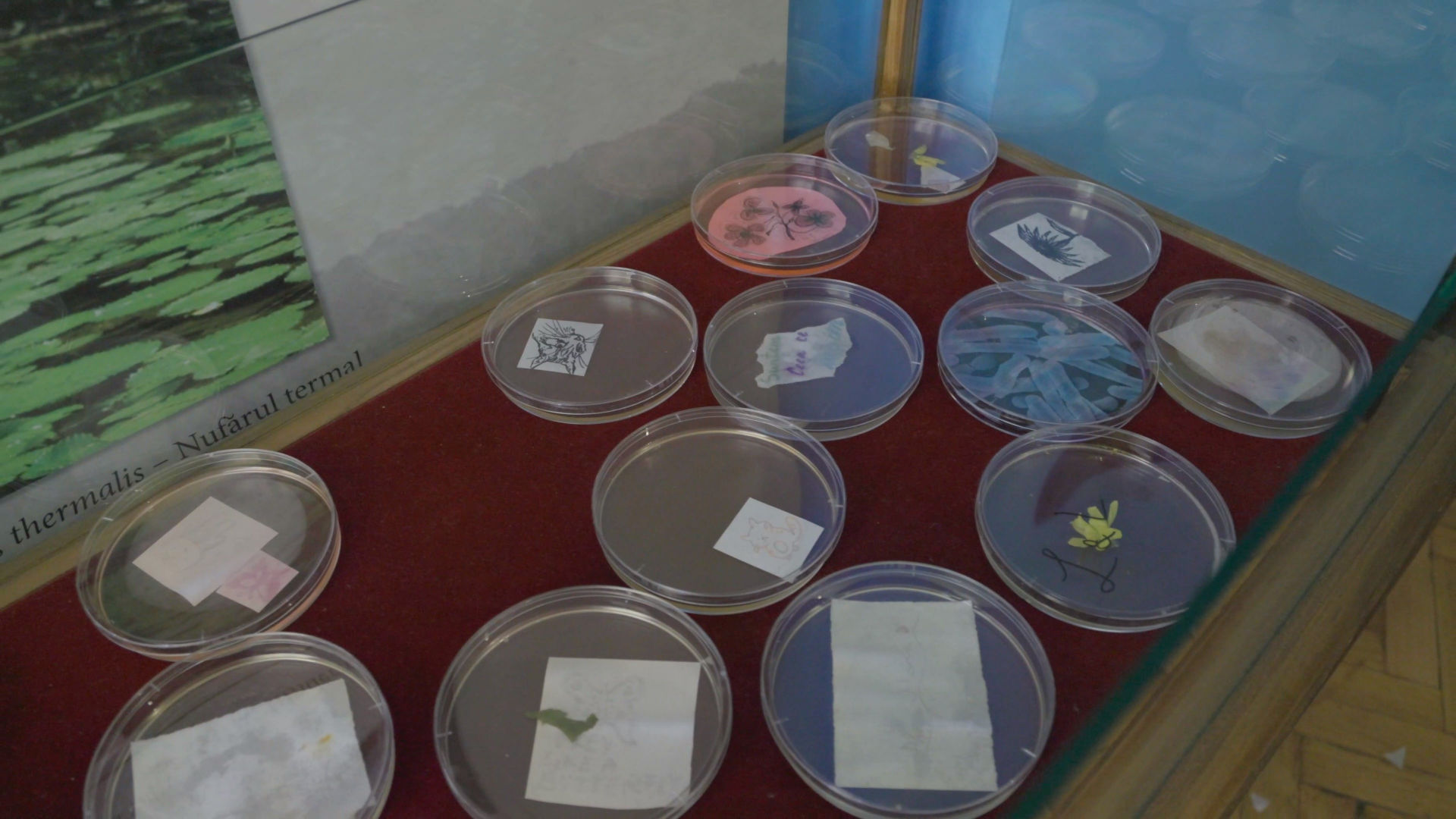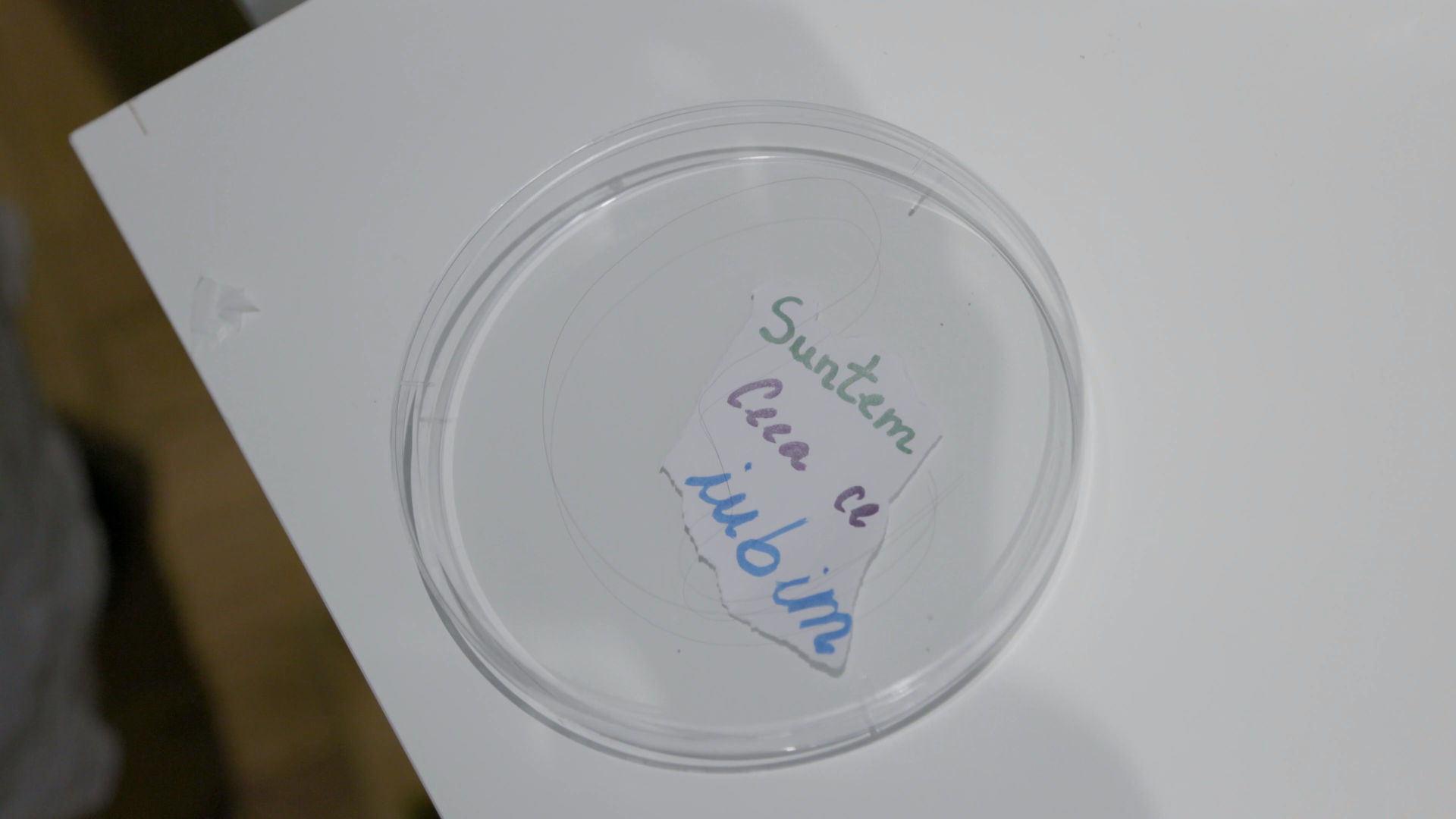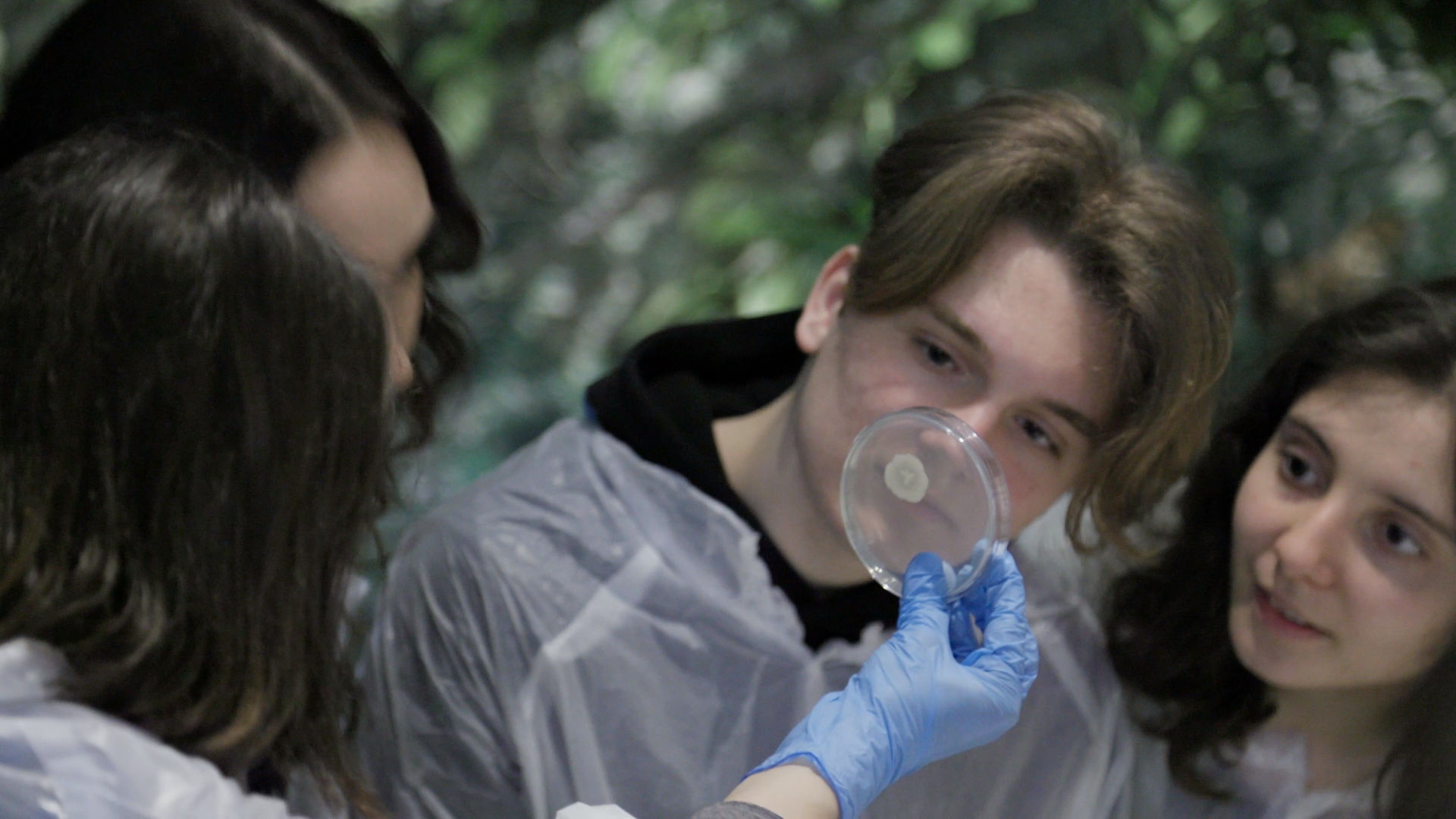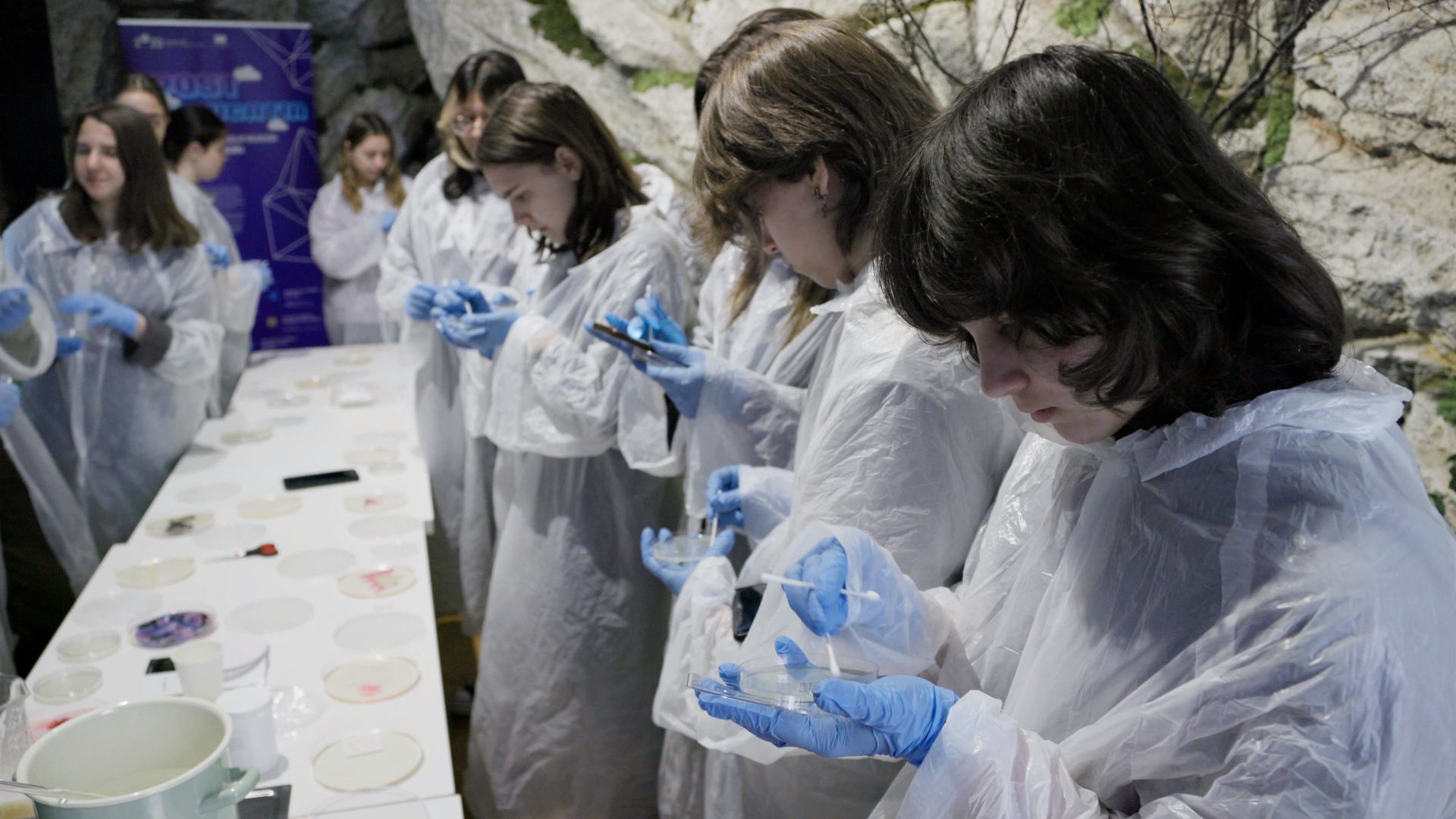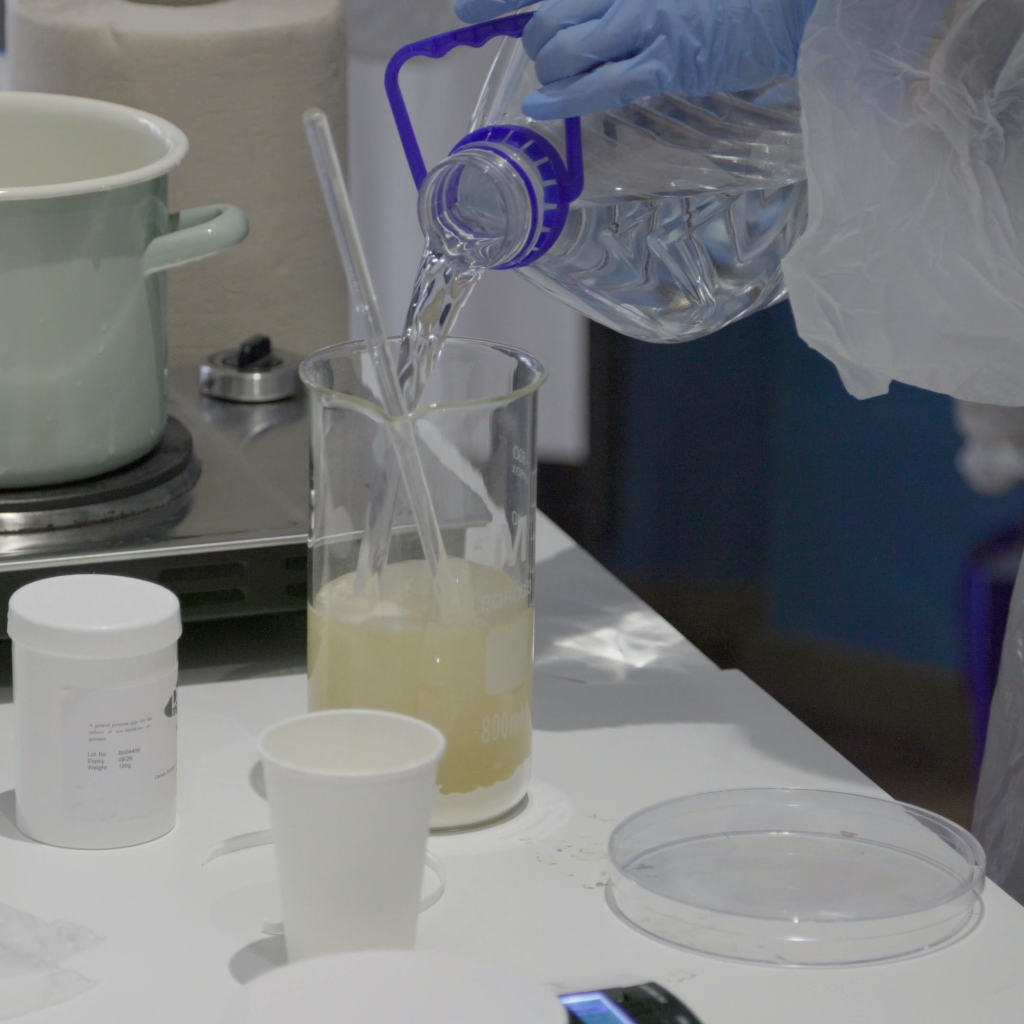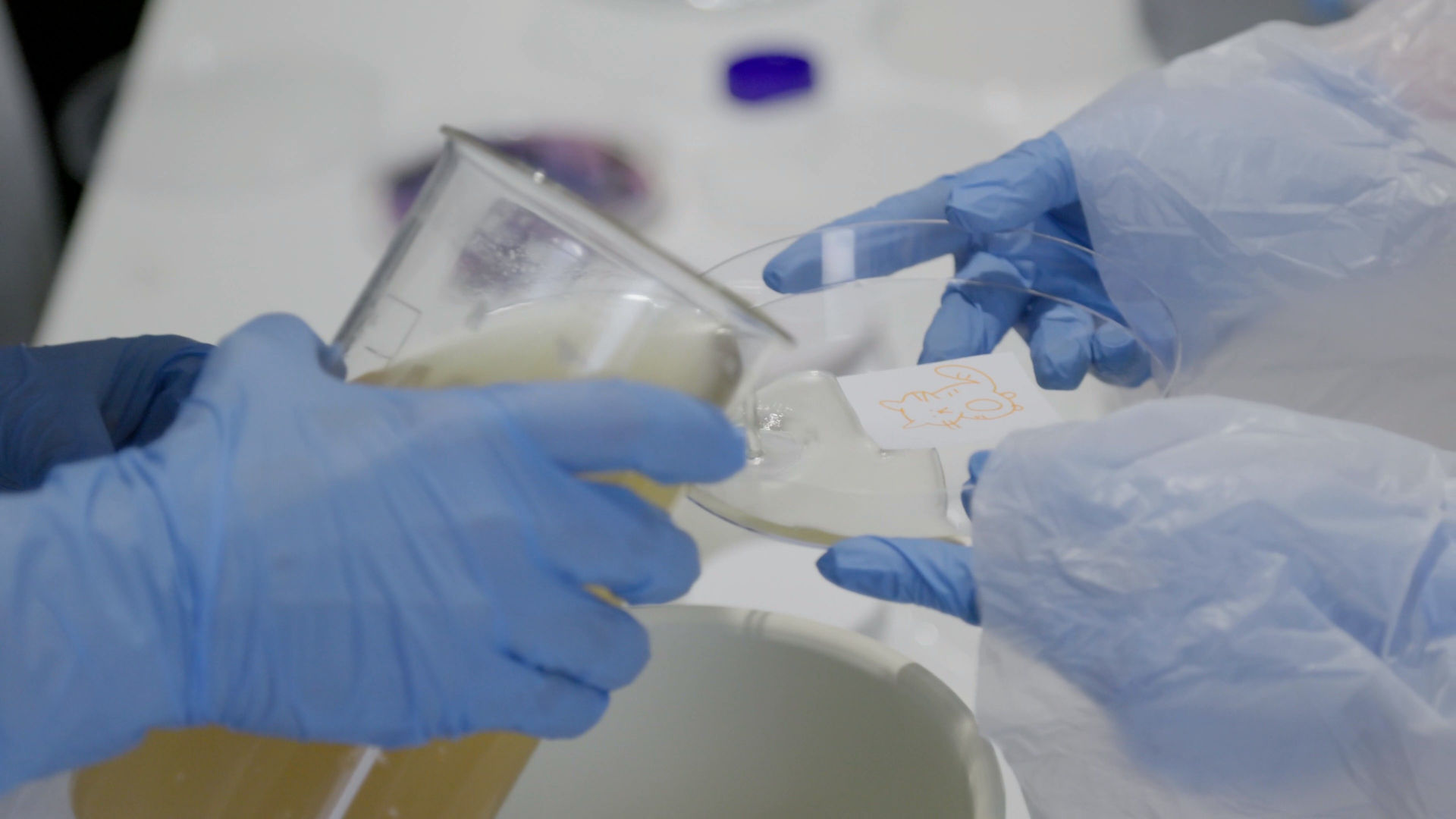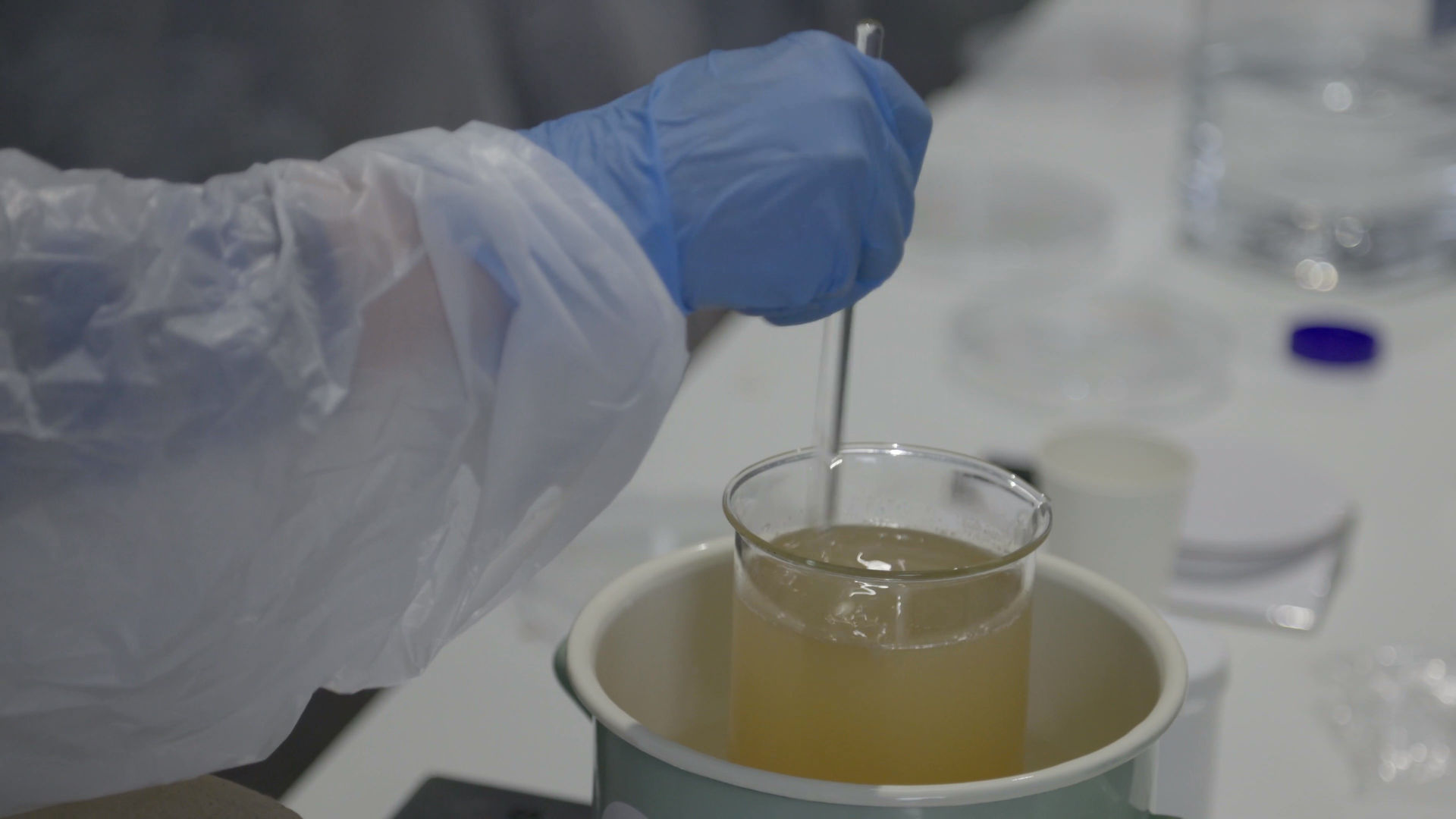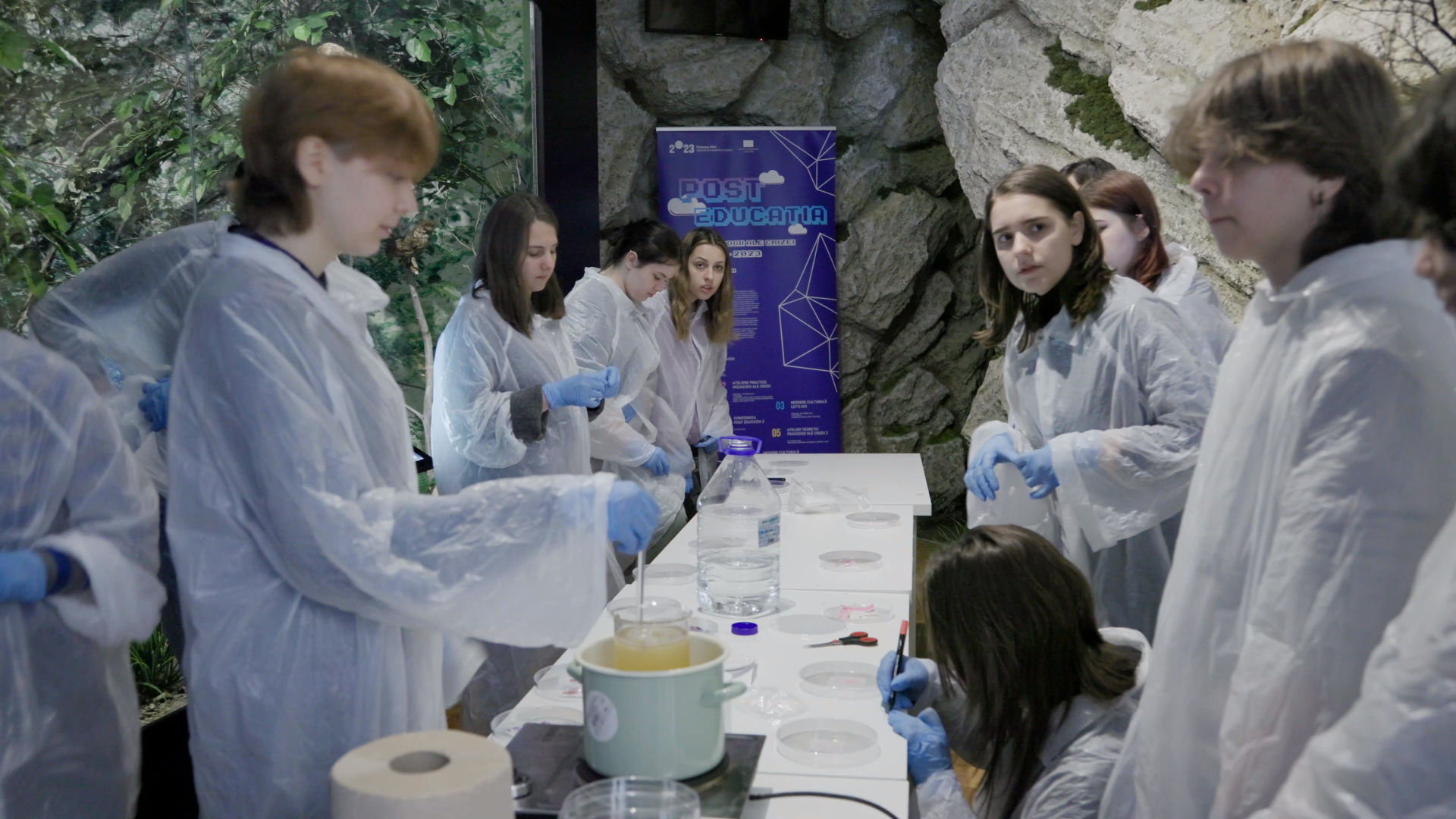Overview / Summary
The „Signs of Life” workshop focuses on creating artistic objects using living media (bacteriological cultures). Starting with exploring the concept of biophilia – according to which human beings are instinctively prone to develop a deep bond with their natural surroundings, the experiments proposed by this laboratory at the border between art and science offer a creative way to raise awareness about the connection between human and other species – specifically, microorganisms. Participants will gain an understanding of bioart, in general, and their critical methods for understanding the Anthropocene, as well as the role that interdisciplinary artistic projects play in bringing sustainability to the forefront. As part of the workshop’s practical dimension, microorganisms (bacteria and fungi) will be grown on biocompatible artificial supports as well as in petri dishes in order to produce objects which illustrate the provisional nature of boundaries between species, organisms, and environments.
Keywords / Hashtags
Bioart, Living media, Anthropocene. Microbiom, Biomedia, Wet media
Project Connections
- Strategies for a Sustainable Future
- Education through Art
- Leveraging the Critical and Emancipatory Role of the Arts
In this workshop, situated at the intersection of art and science, participants will explore how science plays a role in our society and how humans and non-human actors interact bilaterally. They will also learn practical skills in using biomedia to create objects that encourage critical social reflection and the role of art in bringing to the forefront new strategies and relevant topics about our today world.
Mediator / Artist Biography
Floriama Candea is a visual artist and cultural manager whose work reflects a broad range of mediums from alternative photography, drawing, kinetic sculptures and installations to experimenting with new types of media, such as biological living tissue and biomaterials. She is co-founder of the Qolony, a cultural NGO that functions as an aggregator of a mixed community of professionals from different disciplines, from contemporary artists, scientific researchers, specialists in various technologies, all united by a passion for interdisciplinary practices and the creativity they produce.
Her working tools include several methods and techniques. In general, both her concepts and working processes use the aesthetics of scientific images and scientific research tools that can be converted into artistic practices. Her works question the way in which memory, cognition, perception and taxonomy are triggered as mechanisms in the subjective relationship between man and the natural world, between reality and fiction.
Target Groups and Participant Persona
20 young students, aged between 14-19, interested in expanding their knowledge about new media art, bioart in particular.
Ideally, participants would have a genuine curiosity and openness to scientific and artistic experiments, a general interest in natural sciences and/or the arts. No prior competencies required but general knowledge on biology and visual arts is a plus.
Goals and Objectives
- Explore the artistic potential of living matter in order to enhance
- Increase the knowledge about art and science approaches and ways of understanding new types of media art.
- Provide the young students with a basic fundamental knowledge of how to grow microorganisms in safe conditions.
Competencies to Develop in Target Group
- General knowledge about art and science, bioart in particular
- Practical ability to prepare a nutrient medium for bacteria growth
- Awareness of art tools and tool kits dealing with living media
Duration of Event
2 days: 2 sessions of 3 hours each
Activity Steps
Day1
Brieff presentation about bioart (90’)
The workshop starts by making students familiar with what bioart and biomedia is. The mediator will present them relevant projects in the field and relevant topics addressed by working with living matter.
Questions/ dialog about possible objects to be produced (45′)
In this sequence, will discuss possible concepts or images to produce with growing microorganisms that will produce an impact in the viewer’s mind. Participant will write 3 such ideas on a paper and decide later on which one is the best to produce. Materials: pen + paper.
Introduction to growing microorganisms (75’)
The mediator presents the materials and methods used in the lab for growing bacteria and fungi and let student get familiar with the tools they will use in the next sequence. A short disscusion will follow deciding together the ideas they want to explore for the final petri dish art.
Day 2
Preparing the petri dishes (60’)
Participants will draw, print or cut appropriate images to be place in a petri dish as background for the final wet media object.
Preparing the nutrient agar for plates (60’)
Together with the mediator, participant will prepare a basic nutrient agar medium to be pour in petri dishes. Materials: nutrient agar powder, scale, deionized water, masks, gloves, hotplate, other tools.
Inoculate the agar petri dishes with microorganisms (60’)
The following 60 minutes of the workshop are used to collect invisible microorganism from the surroundings and inoculate the dishes in the desired way(as a small drawing, fingerprinted, on printed photo, other methods) . Participants are asked to write down a few lines about their expectations, or ideas regarding their plate. After that, the petri dishes will be stored in plastic bags for a few days allowing the microorganism to grow.
Deliverables
Each participant will produce a small (17 cm diameter) petri dish living image to grow and be displayed.
Technical Highlight
Bioart is still a niche in the visual arts, but with a growing interest from artist and bioengineers. The workshop aims at popularize such new approaches to creating art as crucial means of maintaining critical engagement with bioengineering that is transforming humanity’s ability to sustain large populations and ultimately changing who we are as a species.
Experience Peak
Participants are expected to be exited during the practical session of the workshop, but the peak is expected to be the final result of their work – the moment when they will see the bacterial colonies on the plates.
Conclusion and Reflection
Combining living organisms with aesthetics has a strong potential to engage participant and audience in exchanging ideas about the role art and science plays in a society. The types of experience created by the experiments during this workshop helps highlighting creativity, build a foundation of interdisciplinary activities and raise questions on DIY Biology, Bioethics and the relationship between living and nonliving organisms, in a time when a planetary crisis emerges.
Materials and Resources
- Protection masks (1 set)
- Protection gloves (1 set)
- Paper towels (1 role)
- Hotplate
- cotton sticks (1 set)
- single-use plastic outfits (20 pieces)
- 2l pot
- Ziplock plastic bags (20 pieces)
- Pen +paper
- Printer
- Cutter, scissors
- Video projector
- Nutrient agar medium
- 20 petri dish containers
- Glass stick
- Berzelius glass container
- Fungi samples
Monitoring and Feedback
During the workshop participants are engaged in a few short informal discussions and q&a sessions, to make sure everybody got the information and no one fall behind. Every student is encouraged to experiment with no pressure of having to create something extraordinary but to enjoy and understand the process
Bibliography
Anna Dumitriu – Books Collection
Robert E. Mitchell – Bioart and the Vitality of Media, University of Washington Press
